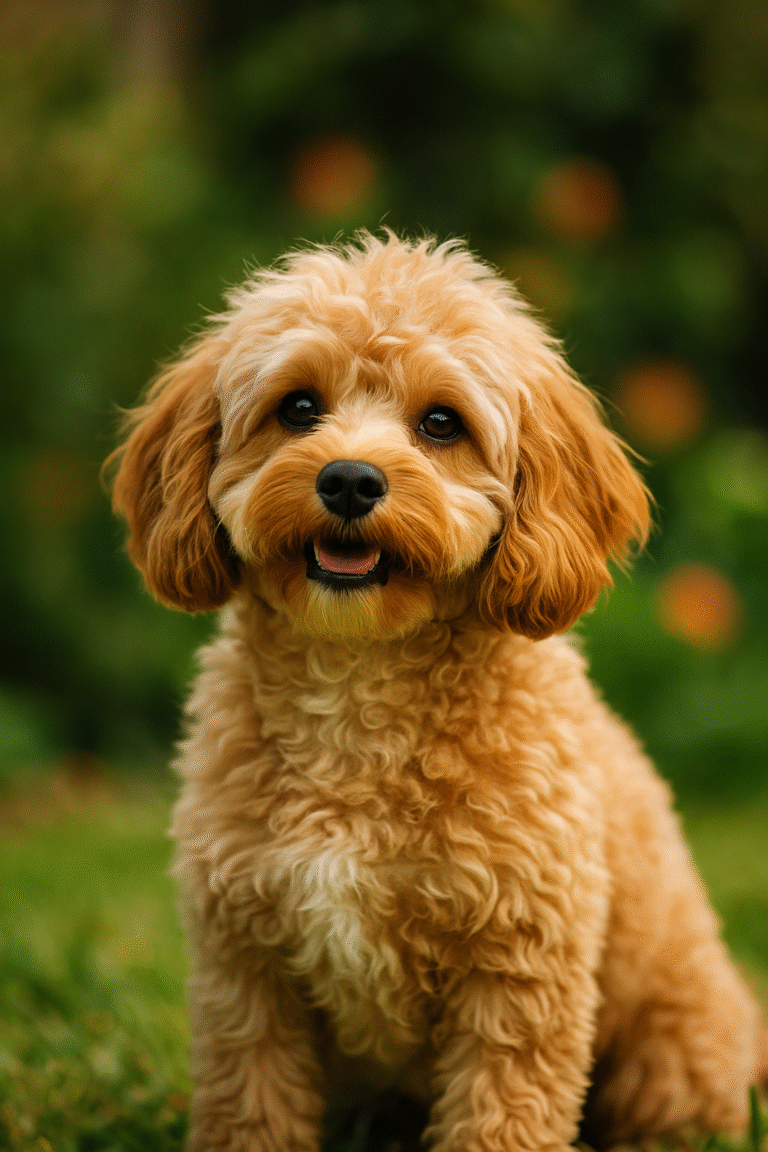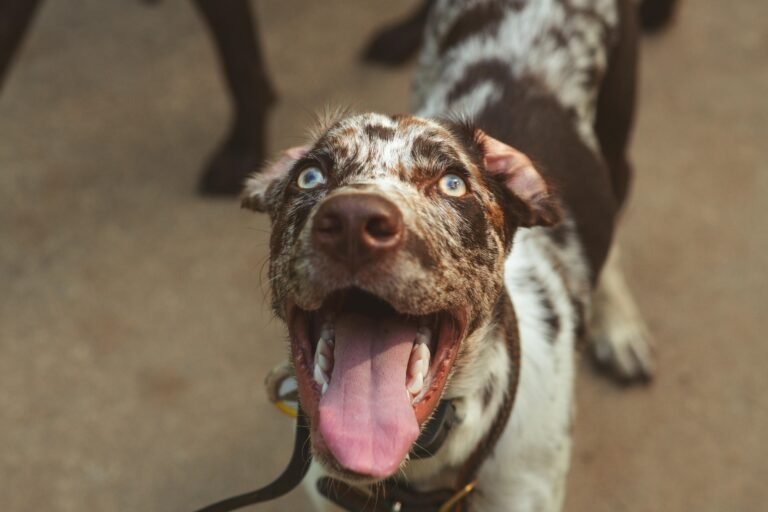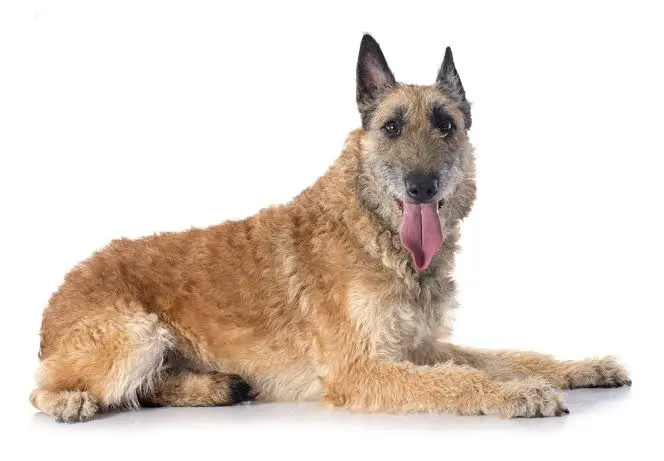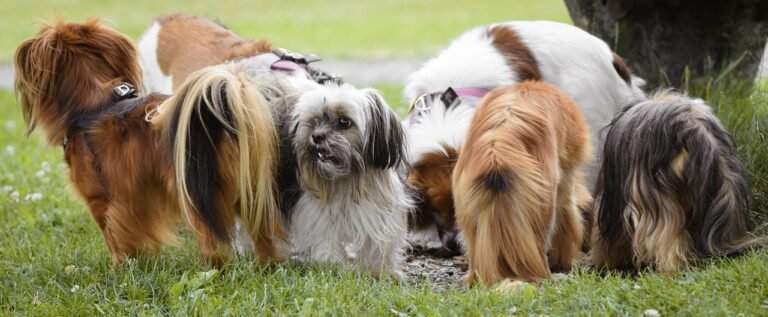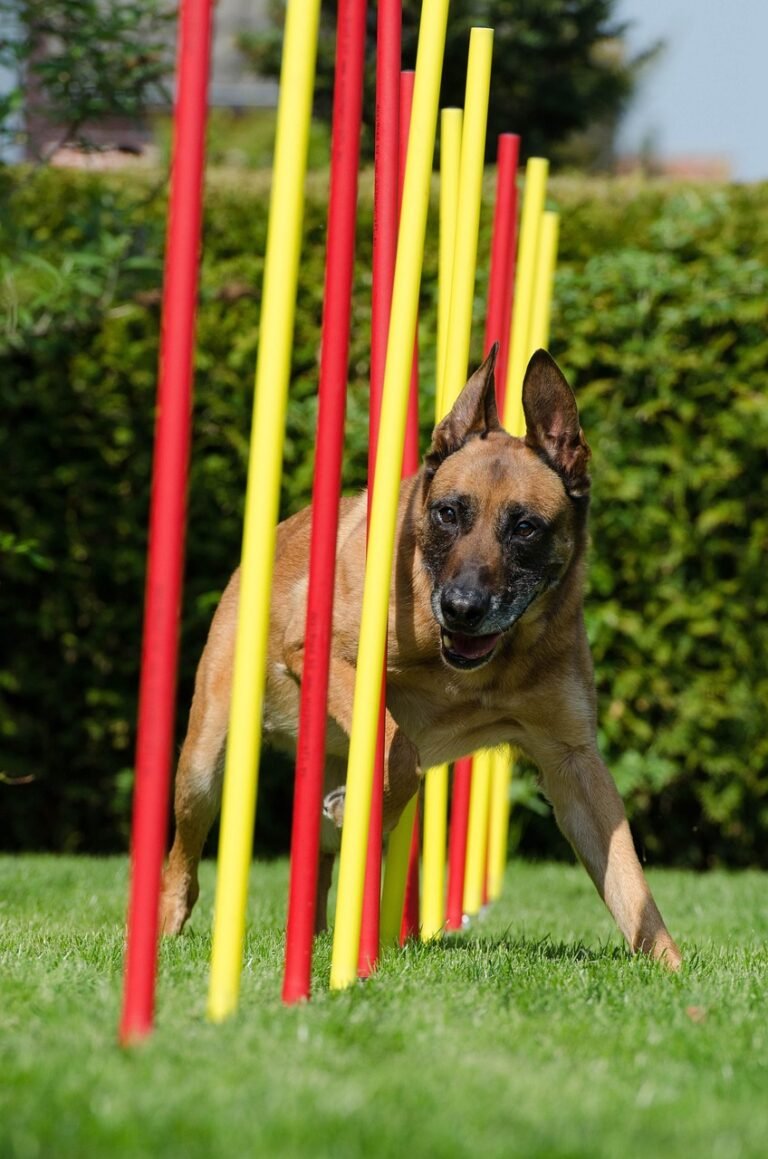Overview of the Dachshund Breed
The Dachshund breed, often affectionately referred to as “sausage dogs” due to their elongated bodies and short legs, boasts a rich history and a unique charm that endears them to pet lovers around the world. Originating from Germany, these dogs were initially bred for hunting small game, particularly badgers, and their name literally translates to “badger dog” in German. This distinctive lineage has led to characteristics that make them outstanding hunters, known for their keen sense of smell and determination. Over the years, however, their roles have evolved, and they are now cherished as loyal companions in many households.
Dachshunds come in three coat varieties: smooth, long-haired, and wire-haired, each offering a different visual appeal while maintaining the same affectionately quirky personality. The breed’s stature allows them adaptability in various living environments, from apartments to larger homes, making them suitable for a diverse range of owners. Their playful and spirited nature brings an undeniable joy to the home, contributing to their popularity further. Dachshunds are known for their boldness and confidence, often displaying an amusing stubborn streak alongside their loving demeanor.
The combination of their charming appearance and lively personality makes Dachshunds particularly appealing. Their unique size and body shape not only contribute to their adorable look but also give them a sense of character that is unmatched in the canine world. This breed’s impressive variety in terms of color and pattern adds to their visual allure. In summary, the Dachshund breed’s blend of history, playful nature, and distinctive appearance has solidified its position as one of the most beloved dog breeds globally, winning over hearts and homes alike.
Dachshund Size and Physical Characteristics
Dachshunds are a unique breed known for their charming appearance, which is characterized by their distinctive long bodies and short legs. These ‘sausage dogs’ are recognized for their various size varieties, primarily classified as standard and miniature, each with specific weight ranges stipulated by breed standards. The standard Dachshund typically weighs between 16 to 32 pounds, while the miniature variety should ideally weigh no more than 11 pounds. This size distinction is essential for collectors and breeders who wish to adhere to established guidelines for the breed.
In terms of physical characteristics, Dachshunds exhibit a muscular build and a long, tapered muzzle that complements their elongated bodies. Their legs, although short, are strong and allow for agile movement, which is notable given their original purpose as hunting dogs. Dachshunds possess a well-defined chest and a tail that often extends straight behind them, adding to their unique profile.
Dachshunds come in three primary coat types: smooth, longhaired, and wirehaired. The smooth variety features a sleek and shiny coat that is easy to maintain, while the longhaired Dachshund boasts soft, flowing fur that requires more grooming. The wirehaired variety has a coarse, dense outer coat complemented by a softer undercoat, giving it a hardy appearance suited for outdoor activities. Furthermore, these dogs exhibit a broad spectrum of colors and markings, including but not limited to, black, chocolate, red, and dappled patterns. The diversity in their coat types and colors greatly enhances their charm and individuality, making them a popular choice among dog lovers.
Personality and Behavior of Dachshunds
Dachshunds, affectionately known as “sausage dogs” due to their elongated bodies and short legs, possess a distinctive personality that endears them to many. These dogs are celebrated for their intelligence and loyalty, often forming strong bonds with their families. A Dachshund typically exhibits a spirited nature, characterized by curiosity and an eagerness to explore their surroundings. Their lively disposition makes them engaging companions, as they thrive on interaction and affection from their owners.
Despite their charming traits, Dachshunds can also display stubbornness, a behavioral trait often linked to their independent spirit. This can present challenges during training, as they may choose to follow their own agenda rather than commands. Consequently, it is essential for owners to employ consistent and positive reinforcement techniques to cultivate good behavior and obedience in this breed. Engaging in fun training sessions can also capitalize on their playful side, thereby reinforcing the bond between the dog and the owner.
When it comes to family dynamics, Dachshunds tend to be good with children and can be affectionate playmates in a household setting. Their playful temperament means they enjoy engaging in games, but supervision is crucial to ensure that interactions are safe and constructive. Additionally, how they relate to other pets can vary significantly; while some Dachshunds may get along well with others, socialization is a key factor in fostering harmonious relationships among pets.
To promote positive behavior, it is advisable to socialize Dachshunds from an early age, exposing them to various environments, people, and other animals. This practice helps in reducing their tendency to be territorial or overly protective. By understanding their unique personality traits and providing appropriate training and social experiences, owners can ensure that their Dachshunds develop into well-rounded companions.
Caring for Your Dachshund
Caring for a Dachshund requires a comprehensive understanding of their unique needs, particularly due to their distinctive body structure. Firstly, diet plays a significant role in maintaining their health. A balanced diet rich in high-quality proteins, carbohydrates, and fats is essential for this breed. It is advisable to feed them a no-grain or limited ingredient diet to minimize the risk of obesity, which can exacerbate their predisposition to back problems. Portion control is vital; thus, consulting with a veterinarian to establish an appropriate feeding regimen tailored to your Dachshund’s age, weight, and activity level is recommended.
Exercise is another critical aspect of care. Despite their small size, Dachshunds are energetic dogs that require regular physical activity to maintain a healthy weight and prevent behavioral issues. Daily walks and playtime are essential components of their exercise routine; however, care should be taken to avoid excessive jumping or stair climbing, which can lead to spinal injuries. Engaging in low-impact activities like short walks or gentle play sessions can help prevent strain while still providing adequate exercise.
Regular grooming is also necessary for Dachshunds to keep their coats healthy and free of mats. Depending on the coat type—smooth, long-haired, or wire-haired—grooming frequency may vary. A smooth coat requires minimal grooming, while long-haired Dachshunds need brushing several times a week to prevent tangles. Furthermore, routine health checks with a veterinarian are crucial in identifying potential health issues early. Common concerns for this breed include intervertebral disc disease (IVDD), dental problems, and obesity. Preventive measures, including weight management, avoiding excessive jumping, and regular dental care, can significantly influence their overall wellbeing.
In summary, understanding and attending to the specific needs of your Dachshund can provide them with a happy and healthy life. A well-balanced diet, regular exercise, thoughtful grooming, and routine veterinary care are essential components in ensuring a long, fulfilling life for these charming sausage dogs.
